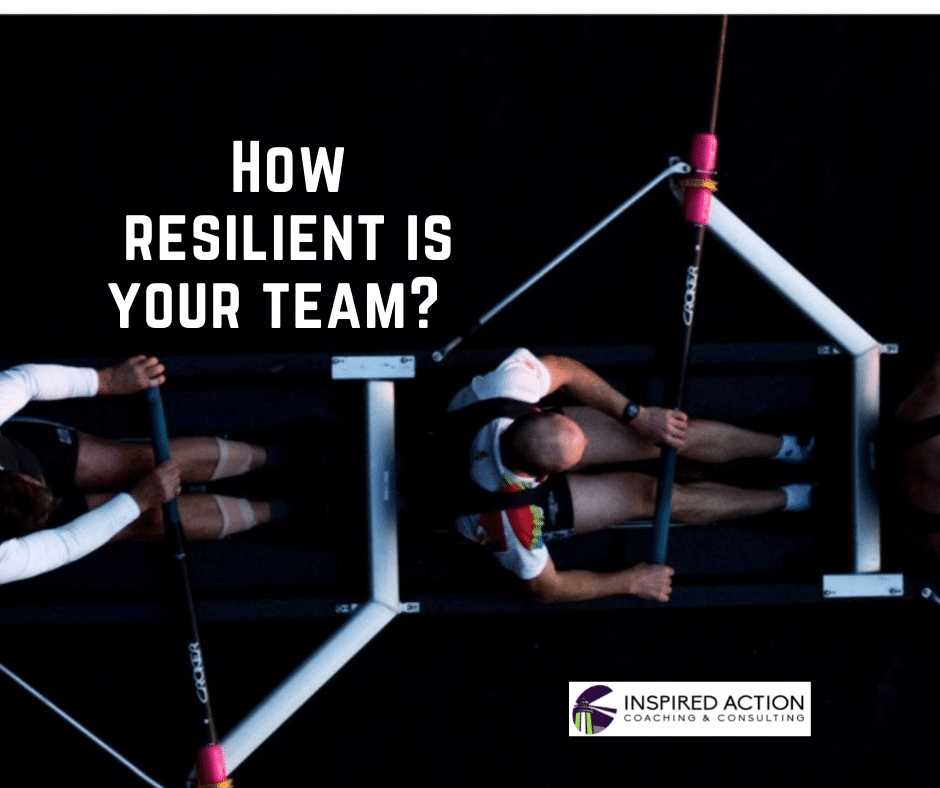Let’s begin by de-mystifying this thing we call resilience. Here is a simple definition:
Resilience is the ability to recover from disruptive change.
Nearly a year & a half of living and working through a worldwide pandemic has taught us something about the nature of disruptive change. Two characteristics: predictability is low and the risks are high. You can’t plan for it. That about sums up what Covid 19 delivered on a mega scale to every aspect of our lives. The disruption was global and many lives were lost.
Following the 9-11 attacks on the United States, Dr. Rafe Sagarin, a marine ecologist, environmental analyst & research scientist with the University of Arizona, undertook to examine how humans react to trauma as compared to animal species.
In his book, Learning from the Octopus Dr. Sagarin, detailed the results of his study on the effects of the collective trauma resulting from the 9-11 attacks. His ground-breaking findings, give us examples of how other species have managed to survive disruptive change.
Let’s consider this timeline.
The earth is 4.5 billion years old +/- 50 million years. The first vertebrates made it to land approximately 500 million years ago. Our human ancestors are the “new kids on the block” with only 5-7 million years of experience.
Nature & the systems in nature have a significant head start on us. So, what can resilient species, who have survived the ice age, meteor strikes & other natural disasters, teach us about surviving disruptive change.
In his research Dr Sagarin identified 6 resilient patterns of behavior in nature that can be used to create resilient teams.
They are:
- Less planned & more observant
- Decentralize with a common goal
- Create redundancies: multiple & varied
- Create networks
- Symbiosis–collaboration is essential!
- Recursive…build on what works
For the sake of this discussion, lets focus on behaviors #2, #4 & #5 as they apply to teams.
Behavior #2: To be decentralized around a common goal there must be a coherent agreement with deep buy-in by each team member on the desired outcomes. Each team member must be clear about their role & responsibility as well as their authority to act. No one is required to wait for word from the home office or for the CEO to return from lunch. Previously established fail-safe measures automatically kick into place.
Behavior #4: Create networks inside & outside of your organization. These networks, when put into place, are the fastest path to move information & produce results through interconnected links. Again, creating a robust network requires trust, authenticity, and a commitment to collective results, not just individual accomplishment.
Ask yourself & the team members these questions:
- Who are your connections?
- Who do you have on speed-dial?
- How authentic are you with your closest allies?
- What do you share?
Behavior #5: Symbiosis is at the heart of a high functioning team and mutual benefit is its lifeblood. Quantum change and exponential progress can be created in a culture of symbiosis. It’s the cliché “Win: Win” formula that cannot exist without genuine collaboration. Leave the individualism at the door.
Like nature, great teams harness the willingness to learn along the way. They lean into disruption. They are genuinely present and responsive to each other. They authentically connect and collaborate.
Let’s talk about your next steps you to building robust resilience in your team. You will be ready to take on the next global challenge as well as current opportunities closer to home. Let’s keep chatting about the ways I can help… email me!


0 Comments